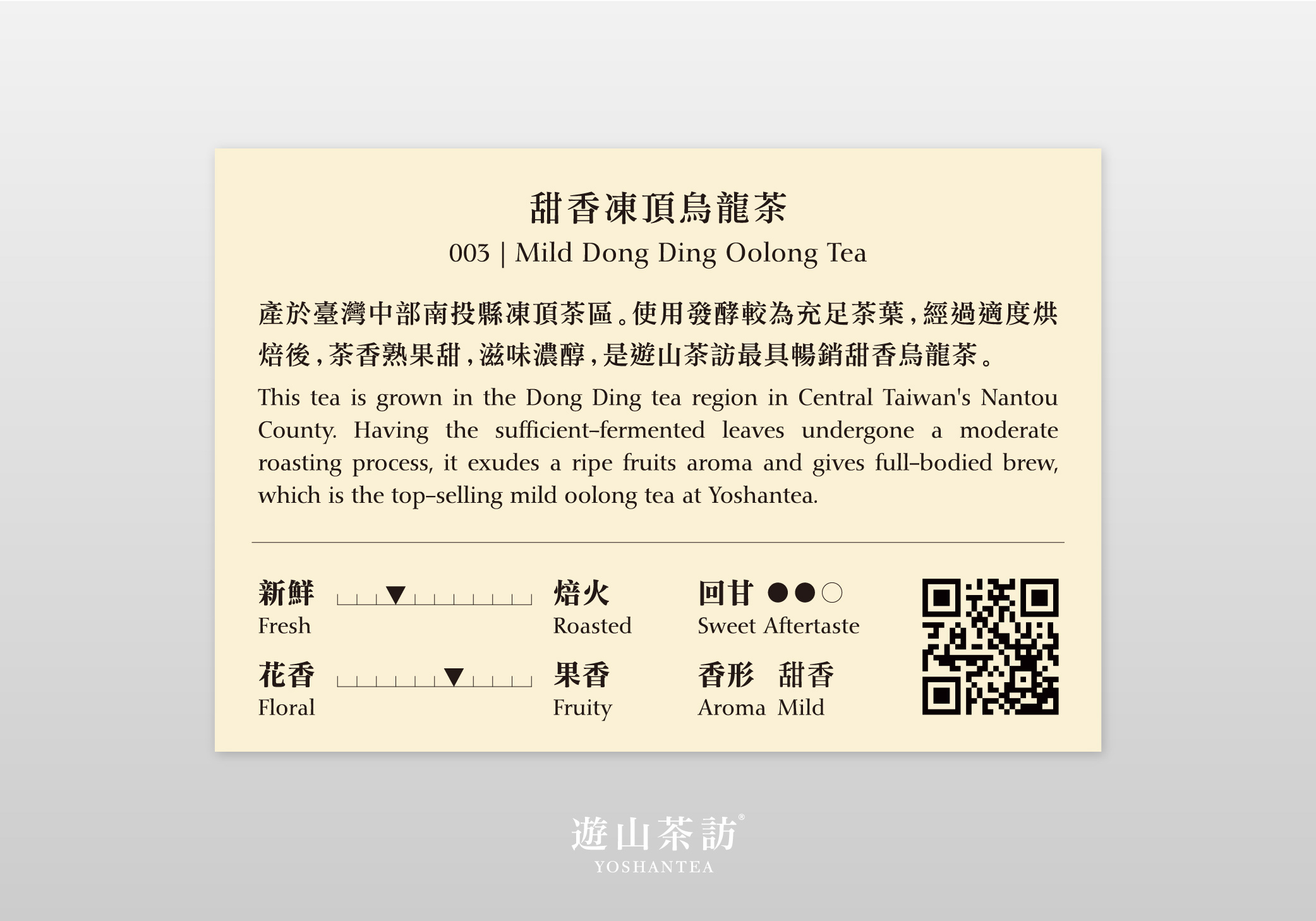Hello everyone,
I'm Andy, a tea enthusiast.
Tea flavor descriptions are often abstract.
The most common ways to express them are radar charts or written explanations.
If we can convey flavors through more intuitive words or visuals,
it would help people determine whether a tea suits their preferences during the selection stage.
Radar charts present more detailed information,
but they require some time to understand.
Meanwhile, flavor descriptions in words can vary depending on culture and experience,
so people might interpret the same flavor differently.
For example, the aroma of roasted tea:
some describe it as "rice aroma,"
others as "nutty," "roasted bean," "fruity," "charcoal," or simply "rich."
In reality, these are all attempts to describe similar roasted characteristics.
Flavor descriptions are subjective and diverse.
However, when it comes to basic flavor categories,
most people share similar perceptions.
For instance:
- Unroasted teas tend to be fresh and often carry floral notes.
- Roasted teas have richer flavors and often contain fruity notes.
Floral and fruity notes are contrasting and mutually exclusive,
forming a fundamental axis of flavor direction.
To make tea selection easier for consumers,
Yoshantea clearly labels these basic flavors on the packaging,
helping everyone get a sense of the tea’s overall style
before even taking a sip.
As for the specific expressions of floral and fruity flavors,
everyone experiences them differently —
we invite you to explore and imagine them freely as you taste.
That’s all for today’s sharing.
Hope you discover your own tea journey.
See you next time!
#yoshantea #taiwantea #dongdingtea #oolongtea #teafacotry #FSSC22000 #safetea #teaflavor #tealovers #teatasting #roastedtea #floraltea #fruitytea
